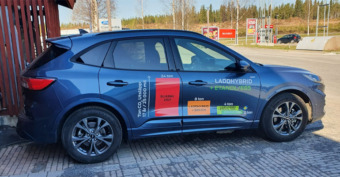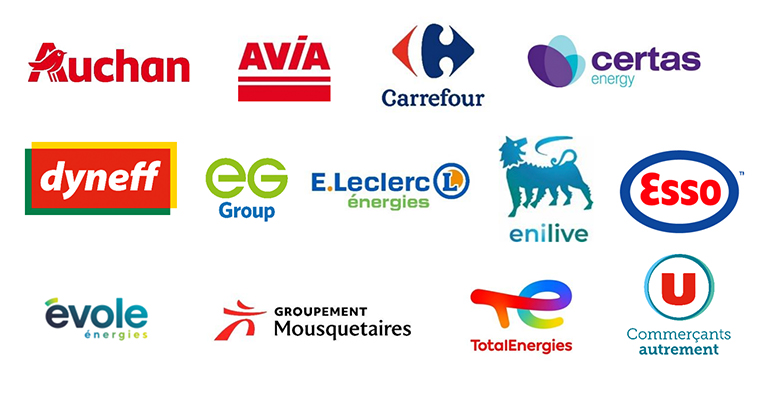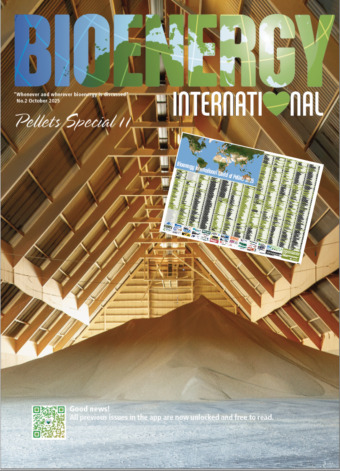The French ethanol industry trade association Bioéthanol France (previously known as SNPAA) has announced that thanks to the commitment of all Superéthanol-E85 fuel distributors operating in the country, the E85 at 4,000 filling stations nationwide target has been reached. This means that almost 42 percent of French service stations on mainland France are equipped with an E85 pump, the renewable fuel that favours motorists’ purchasing power.
Cheaper, greener, and increasingly available, Superéthanol-E85 is, according to Bioéthanol France, a solution to decarbonise the existing gasoline and future hybrid car fleet alongside electrification.
In November 2025, Superéthanol-E85 crossed a new milestone, making it even more accessible to motorists.
It is now available at 4,000 service stations across mainland France, covering almost 42 percent of the national filling station network.
Accessible, available, and affordable
As a result, almost 93 percent of the population in mainland France lives within 10 km of a filling station with an E85 pump.
Motorists can easily find nearby stations or those along their route thanks to the “Mes Stations E85” app, available on iOS and Android, which lists all stations and updates prices daily.
As of November 21, 2025, the average price of E85 was EUR 0.72 per litre, compared to EUR 1.71/l for SP95-E10.
A motorist driving 13,000 km per annum – the French annual mileage average – on E85 can save about EUR 735 on their fuel spend compared to E10. High-mileage drivers covering 20,000 km annually can expect savings of around EUR 1,130.
Bioéthanol France notes that these calculations include a 25 percent overconsumption of E85, taking into account the lower energy content compared to gasoline.
E85 decarbonising tomorrow’s vehicles today

Containing 60 – 85 percent bioethanol, E85 reduces net fossil carbon dioxide (CO2) emissions by an average of 50 percent – assuming an average of 75 percent ethanol and 25 percent fossil gasoline, and an average reduction of 73 percent in greenhouse gas (GHG) emissions for pure ethanol.
Furthermore, Bioéthanol France highlights a 2017 study in Switzerland that suggests emissions of particulate matter (PM) are reduced by up to 90 percent compared to fossil gasoline.
In France, motorists can use E85 either by installing an approved flex-E85 conversion box on a compatible gasoline vehicle or by driving a flex-fuel vehicle (FFV).
In addition, hybrid-FFV models are increasingly available, such as the Ford Kuga Full Hybrid Flex-E85.
Domestic ethanol production
French bioethanol is made almost entirely from French agricultural feedstocks – sugarbeet, wheat, maize, sugar industry residues, starch by-products, and wine residues – in distilleries located close to farming areas.
According to FranceAgrimer, French bioethanol production in 2023 used only 0.66 percent of agricultural land, net of co-products.
Bioéthanol France notes that at the European level, the regulation on CO2 emissions for light vehicles already provides a role for vehicles running exclusively on CO2-neutral fuels after 2035.
Within this framework, work is underway to develop a fossil-free E85 fuel, in which the fossil gasoline share is replaced by renewable gasoline from bio-naphtha, a co-product of sustainable aviation fuel (SAF) or renewable diesel (HVO) production.
Such fuel has existed in California since 2022. This will allow motorists to continue driving conveniently while further decarbonising their journeys, Bioéthanol France concluded.



